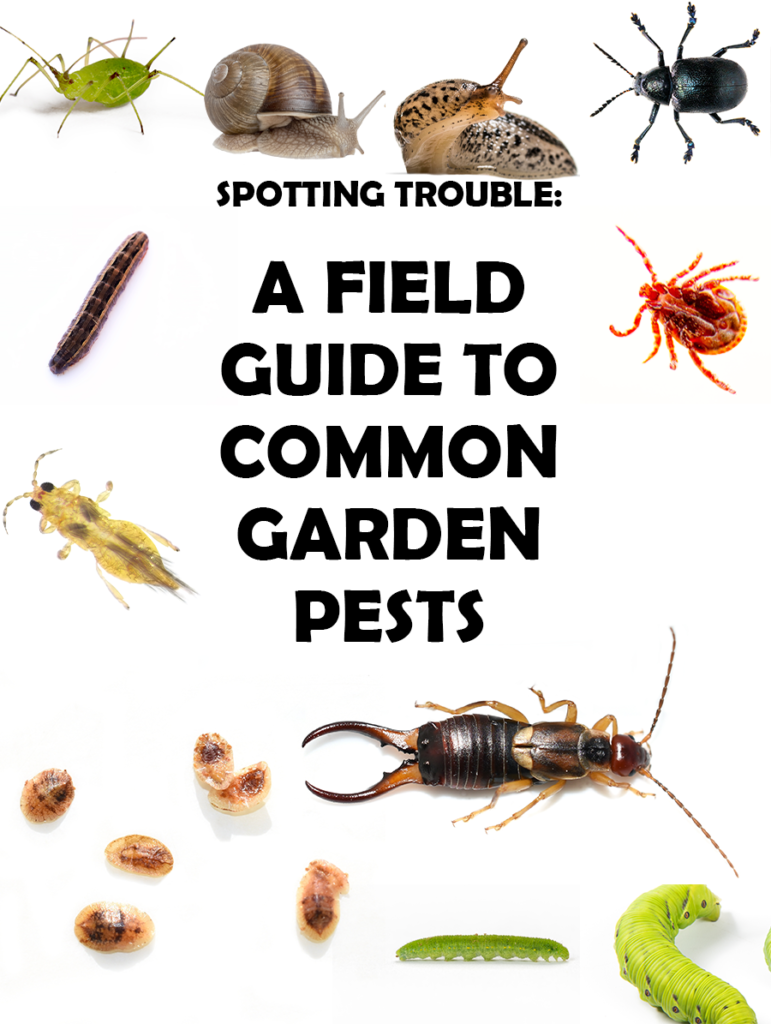
Spotting Trouble: A Field Guide to Common Garden Pests
As lovers of lush greenery and vibrant landscapes, we understand the frustration that comes with pests. Whether you’re a seasoned gardener or just starting out, knowing how to spot and address these nuisances is essential for maintaining the health and beauty of your outdoor spaces.
The Unwelcome Guests
Identifying the Culprits
Before launching into battle against garden pests, it’s crucial to know your enemy. Common perpetrators include aphids, caterpillars, slugs, and snails. Each of these pests has its own distinctive feeding habits and telltale signs of damage. Keep a keen eye out for chewed leaves, wilting plants, and suspicious trails of slime. These signs are often indicators of pest activity.
By familiarizing yourself with the enemy, you’ll be better equipped to fight them.
In the Bay Area, several common garden pests can cause trouble for gardeners.
These pests can damage plants and disrupt the overall health of your garden.
Some of the common garden pests in the Bay Area include:
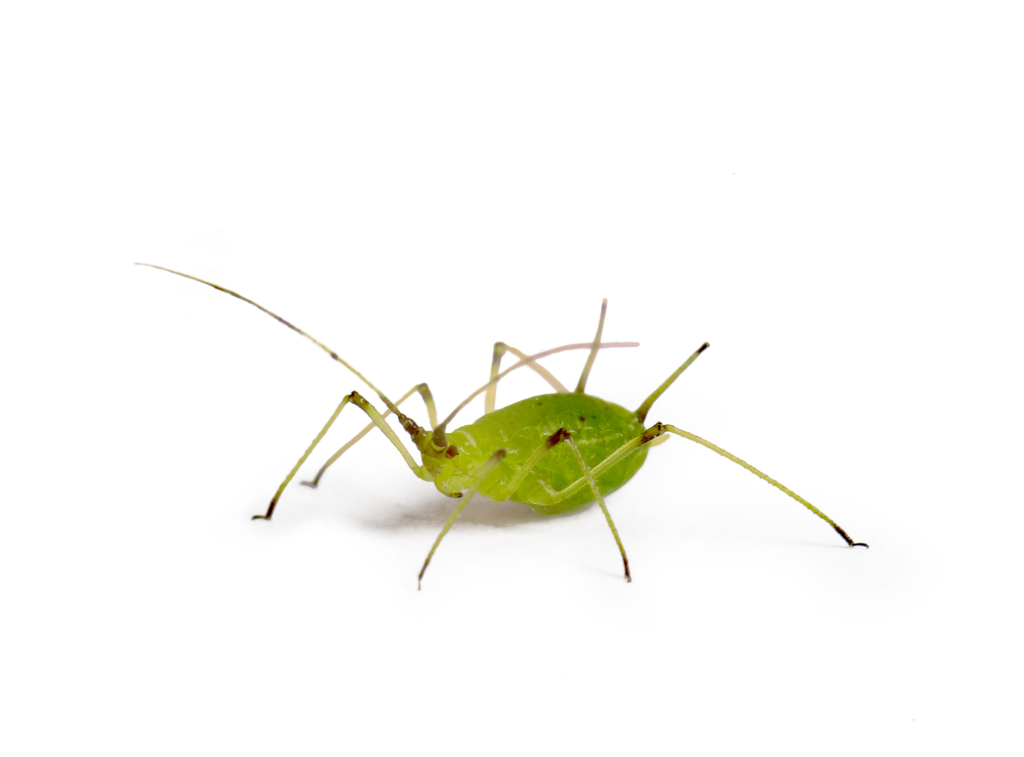
Aphids: These tiny insects feed on plant sap, causing leaves to curl, yellow, or distort. They reproduce rapidly, so populations can quickly get out of control.
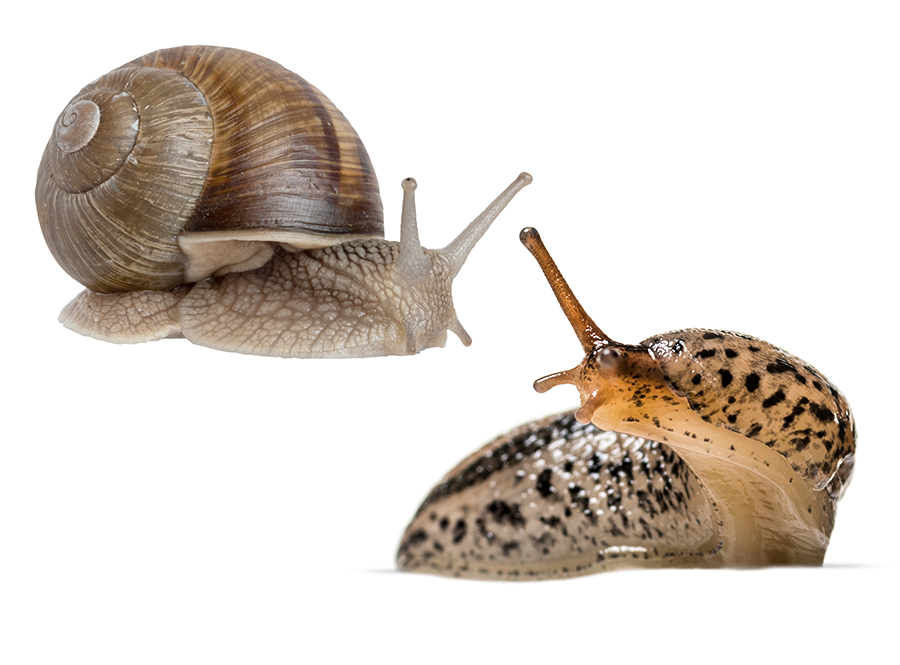
Snails and Slugs: These mollusks are particularly problematic in the Bay Area due to its mild, moist climate. They feed on a wide range of plants, leaving behind holes and slime trails.
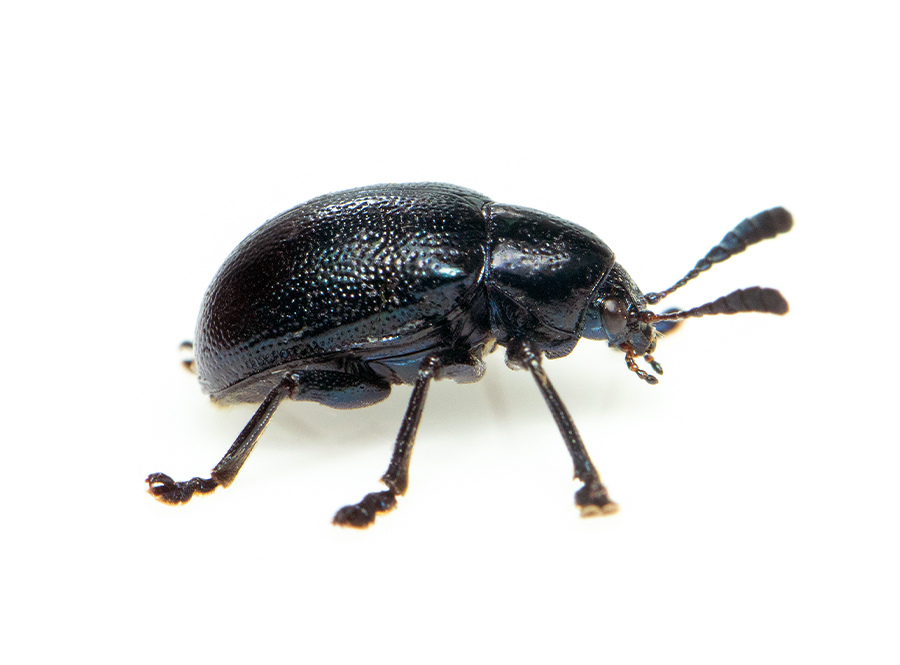
Garden Weevils: Weevils are small beetles with elongated snouts. Their larvae feed on plant roots, while adults may chew on foliage, causing damage to a variety of plants.
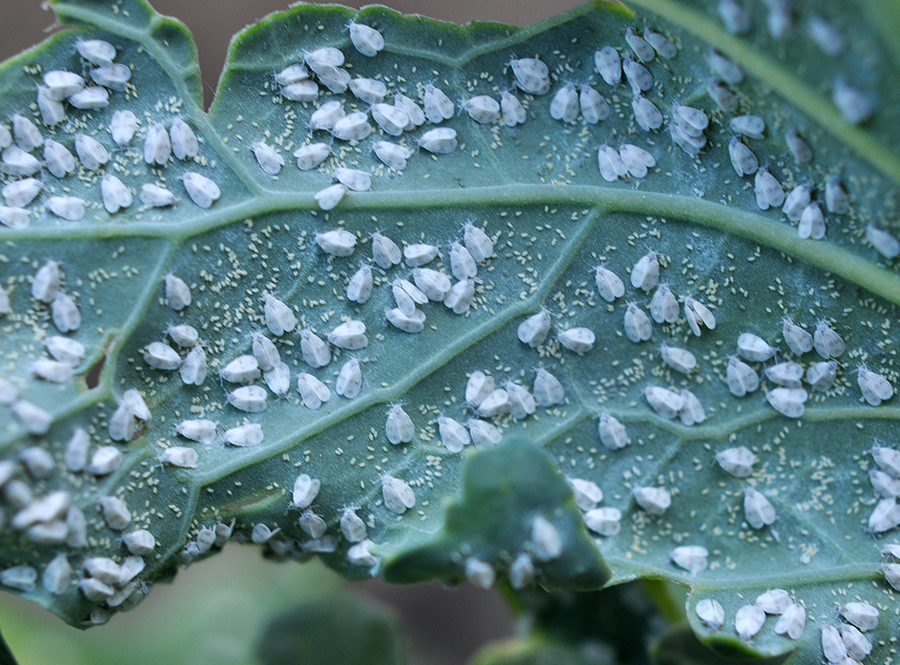
Whiteflies: These tiny, white insects suck sap from the undersides of leaves, causing yellowing, wilting, and stunted growth. They can also transmit plant diseases.
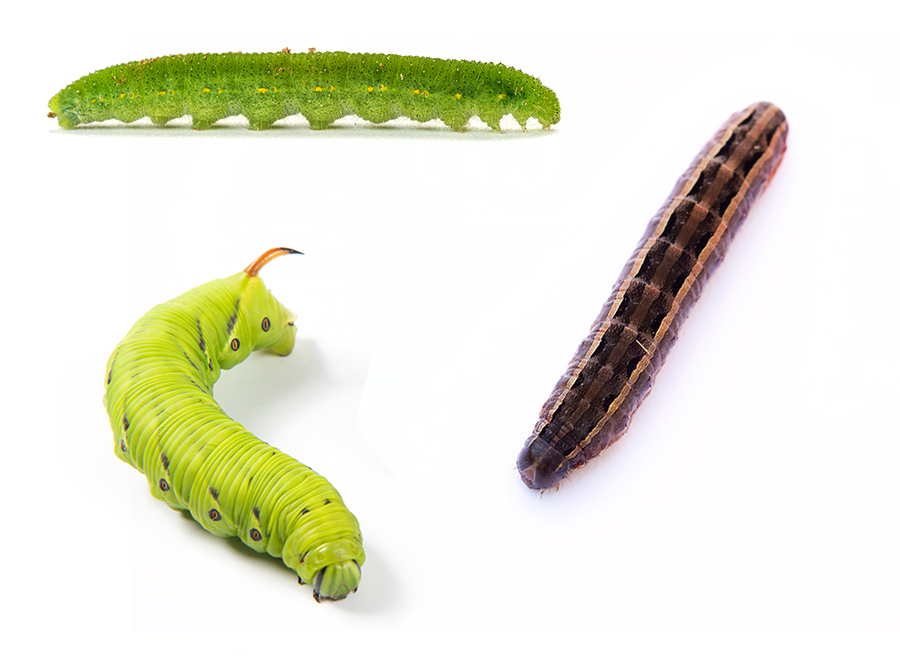
Caterpillars: Various caterpillar species can be found in the Bay Area, including cabbage loopers, tomato hornworms, and armyworms. They feed on foliage, causing extensive damage if left unchecked.
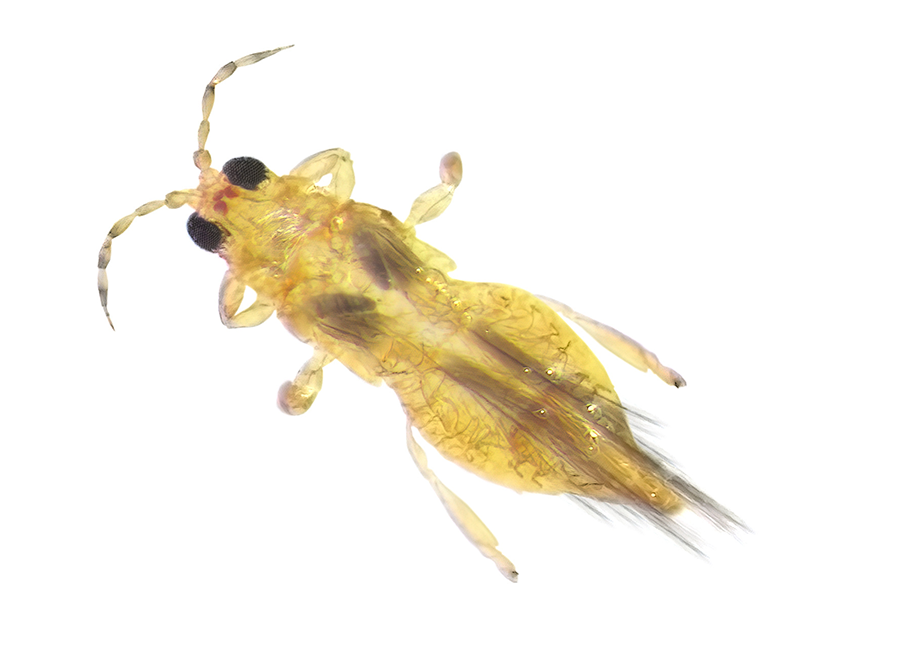
Thrips: Thrips are tiny, slender insects that feed on plant tissues by piercing and sucking. They can cause leaves to become discolored, distorted, or stippled.
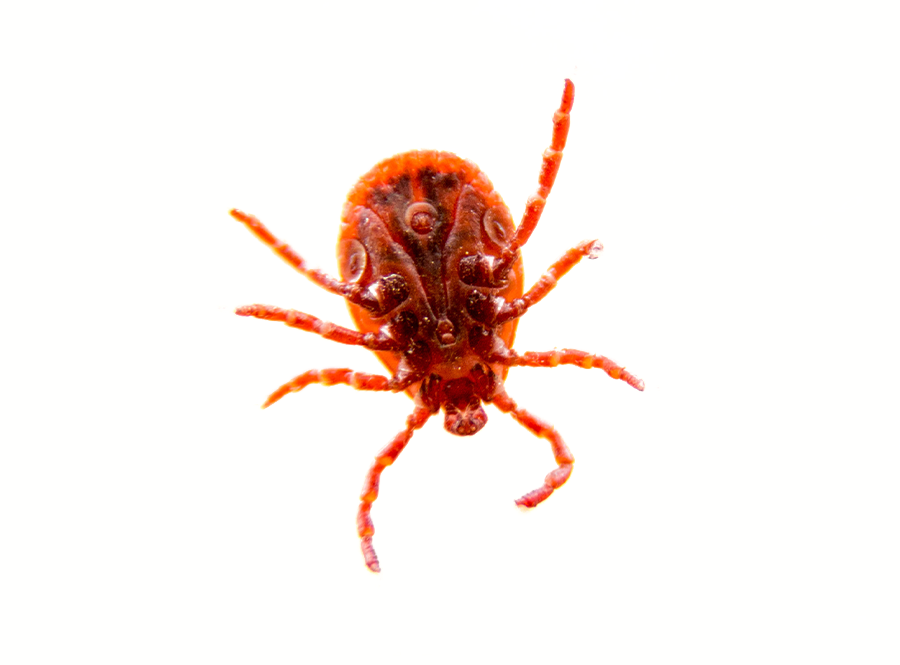
Spider Mites: These minuscule pests are not true insects but rather relatives of spiders. They feed on plant juices, causing leaves to become stippled, discolored, or covered in fine webbing.
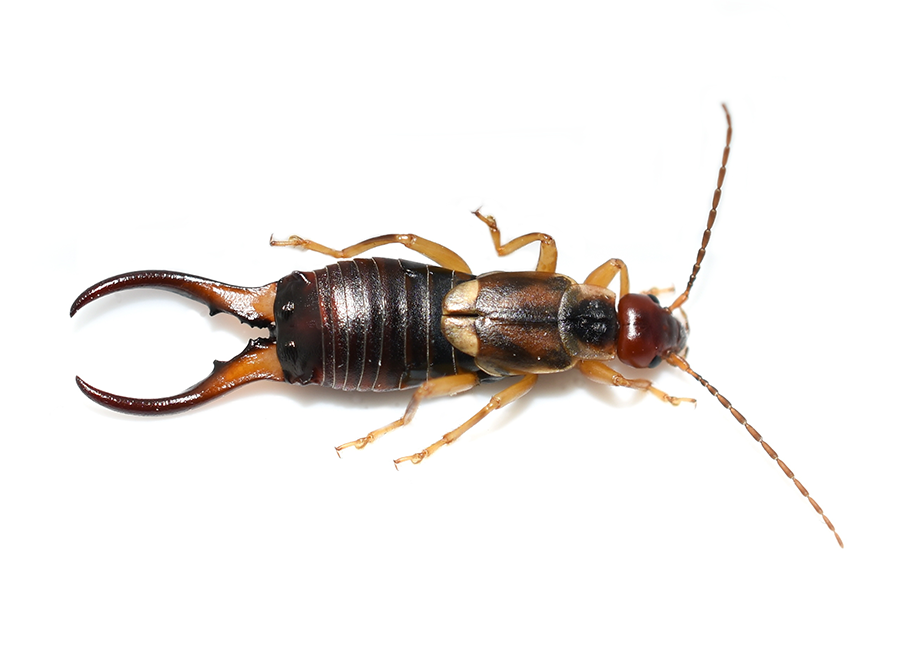
Earwigs: These nocturnal insects feed on a variety of plants, flowers, and fruits. They can chew irregular holes in leaves and petals, as well as damage fruit and seedlings.
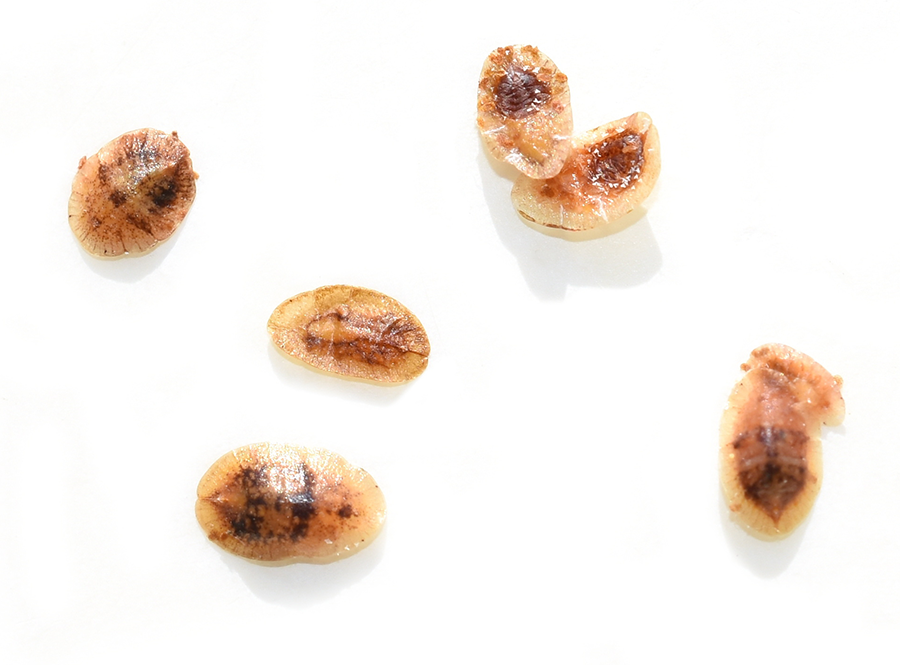
Scales: Scale insects are small, immobile pests that attach themselves to stems and leaves, sucking plant sap. They can weaken plants over time and may excrete honeydew, leading to sooty mold growth.
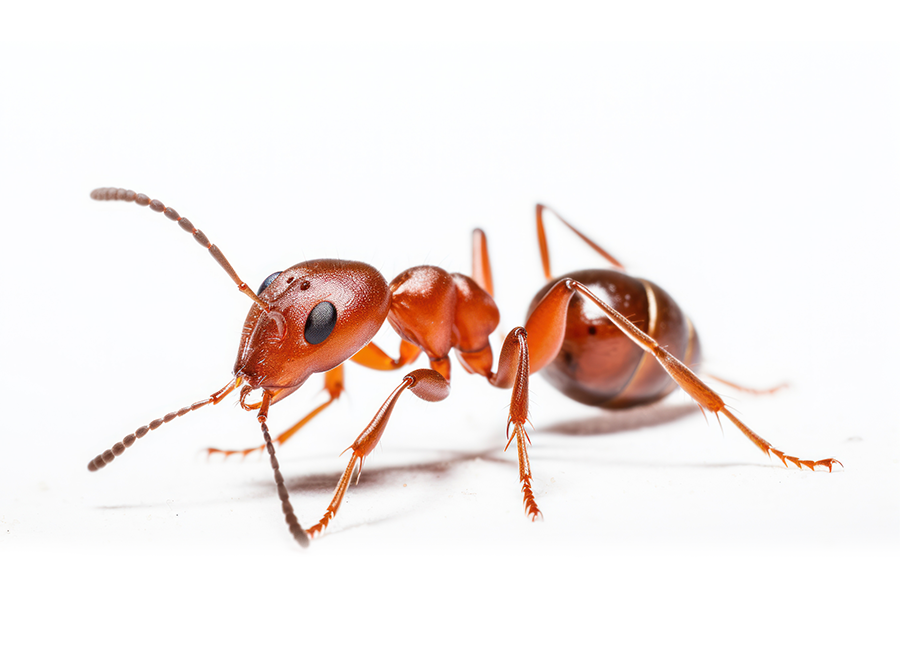
Ants: While not directly harmful to plants, ants can protect and even farm other garden pests like aphids, by protecting them from predators and moving them to new plants.
Natural Remedies
When it comes to pest control services, nature often provides some of the most effective solutions. Instead of reaching for harsh chemicals that can harm beneficial insects and disrupt the delicate balance of your ecosystem, consider employing natural remedies.
From introducing predatory insects like ladybugs and praying mantises to planting pest-repellent herbs, there are plenty of eco-friendly options. By harnessing the power of nature, you can maintain a healthy garden without compromising on sustainability.
Cultivating Resilience
Prevention is key when it comes to managing garden pests. By adopting practices that promote plant health and resilience, you can create an environment that’s less hospitable to invaders. Start by practicing good garden hygiene. Remove weeds and debris that can harbor pests and diseases. Additionally, diversify your plantings to reduce the risk of monoculture. Having too many of the same type of plant can attract specialized pests. Finally, encourage biodiversity. Incorporate native plants and create habitats for beneficial insects and birds. By fostering a robust ecosystem, you’ll fortify your garden against pest incursions.
Protect Your Haven
As stewards of our outdoor spaces, it’s our responsibility to safeguard them against the threat of garden pests. By arming yourself with knowledge and adopting proactive strategies, you can effectively manage infestations and preserve the beauty of your landscape. Together, let’s cultivate thriving gardens free from the tyranny of pests.







